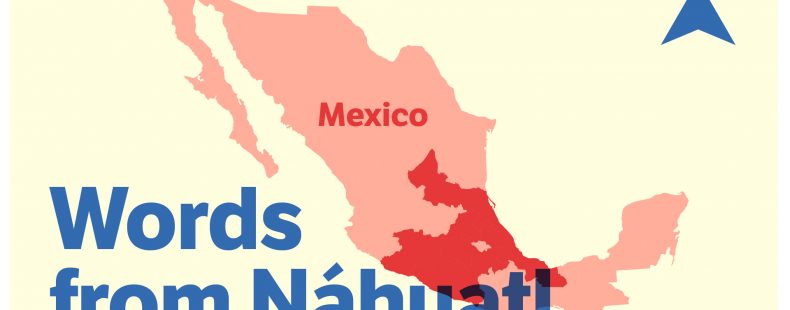What is Nahuatl?
From crowd-pleasers like guacamole and tamales to cold-weather comfort foods like pozole and atole, Mexican culture has gifted us with specially adored dishes. At a superficial glance, it may seem that the origins of these words are Spanish. On the contrary, such words (along with many of their ingredients) predate Spanish contact and come from the Indigenous language of Nahuatl [ nah-waht-l ]. Several of our English words, such as coyote and chocolate, are also rooted in this particular native language of Mexico.
Classical Nahuatl was the primary language spoken throughout the Triple Alliance, or the three city-states of Tenochtitlán, Texcoco, and Tlacopan that comprised what is today inaccurately referred to as the Aztec Empire. After the Triple Alliance succumbed to Spanish invasion, greatly abetted by foreign diseases and domestic allies that saw a power vacuum, Nahuatl along with other Indigenous languages would be heavily stigmatized from general use and, with colonialism, find many of its words Hispanicized (e.g. xītomatl became tomate, or tomato in English).
Today, Modern Nahuatl is one of 68 recognized Indigenous languages of Mexico. It is also still spoken by over 1.7 million people in Mexico in addition to smaller numbers of speakers in the US and across Central America.
A word on pronunciation: the letter X is pronounced as a sh, so the name of the Mexica people, the founders of the city-state of Tenochtitlán, is pronounced [ meh-shi-kah ]. The consonant group of tl is rolled together at the ending of a word, so Nahuatl sounds very close to “nah-waht” with just a ghost of an L sound rounding out the end.



























